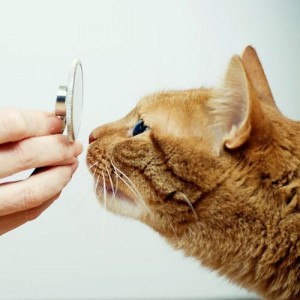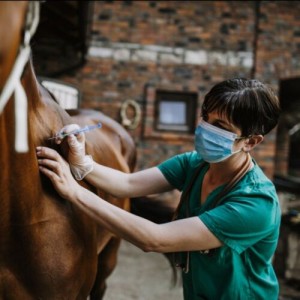The One Health approach strengthens the fight against diseases that affect thousands of people
The FAO has published the videos of a panel discussion held last January, in which different specialists discussed integrated strategies to combat some important animal diseases, such as rabies and disease des petits ruminants (PPR). Via Zoom, the more than 100 attendees were able to attend a dynamic discussion in which speakers presented a variety of examples of community engagement in coordinated disease control initiatives aimed at improving impact and cost-effectiveness.
PPR and rabies are two important diseases that particularly affect the lives of the poorest people and that require a collaborative approach for their control. There are programs underway to eradicate PPR by 2030, and that same year a goal has been set to achieve zero human deaths from dog-mediated rabies by 2030. One of the objectives of the debate was to see if, in addition to sharing a date, these programs also they can share resources, planning, and lessons learned to accelerate your progress.
The fight against the rage
Professor Sarah Cleaveland, from the University of Glasgow, began by describing studies that have evaluated the integration of rabies vaccination of dogs with a number of different health interventions, such as deworming and vaccination of children, vaccination of livestock, and deworming of dogs for zoonotic parasitic diseases. She highlighted the positive effects of integrated actions in saving costs and increasing levels of trust and support from the affected community.
But she also raised other key questions, such as what is the operational feasibility of scaling up initiatives, how resources or funds would be managed when shared across sectors, or whether there would be negative perceptions about linking animal and human health interventions.
Vaccines in remote areas
Next, Dr. Ahmed Lugelo, from Washington State University's Paul G. Allen School of Global Health, explained his experiences bringing and administering vaccines to remote areas.
The development of vaccine storage devices, which cost just $14 and hold 400 vials of vaccine, has enabled rabies vaccination in hard-to-reach communities. Such storage devices, Dr. Lugelo suggested, could also be applied to the PPR program and bring the vaccine to other remote areas. He also explained how the people who had shown their support for One Health had played a key role in raising awareness and engaging with communities.
Financing
The panel discussion also touched on the issue of financing. Moderator Dr. Katinka de Balogh of the FAO Investment Center noted that different disease control programs are often isolated and have separate funding mechanisms. She asked Dr. Thumbi Mwangi, of the Paul G. Allen School for Global Health, about options for cross-sector funding and sustainability of community programs. Dr. Mwangi commented that prioritization of the most important diseases, at the country and community levels, and planning of integrated control activities were essential.
He also highlighted certain activities, such as estimating the size of target populations for vaccination (critical to program cost) and conducting post-vaccination serological surveillance, that could be implemented jointly for different disease programs within the same communities.
Experiences in Liberia and Sierra Leone
There was also an opportunity to learn about the experiences of two countries, Liberia and Sierra Leone, where integrated vaccination campaigns against rabies and PPR have already been carried out. Dr. Joseph Anderson, Director of Veterinary Medicine, Liberia, and Dr. Mohammed Alpha Bah, Director of Livestock and Veterinary Services, Sierra Leone, reported an improvement in community awareness as a result of joint awareness campaigns on rabies and PPR. They also highlighted how the association with the public health sector had allowed access to some advantages and benefits, such as being able to have motorcycles for vaccination teams.
Finally, Dr. Martin Ilott from EuFMD focused his talk on another aspect of integrated actions: vaccinating the same animal against several diseases. He highlighted the difference between licensed 'combination vaccines' and 'associated use'. Associated use refers to the administration of two or more veterinary vaccines with separate registrations. Significant challenges currently remain for the development of safety and efficacy data for associated use, which may prevent the integration of vaccination schedules for animal species.
The interest in integrated actions
In conclusion, the discussion demonstrated considerable interest in the topic of coordinated or integrated service delivery, which can span animal and human health to improve impact and support at the community level. The challenges remain, but the benefits are clear.
According to the Liberian CVO, better collaboration between animal health and public health workers was observed after joint rabies and PPR program. Importantly, such collaboration can strengthen how we deal with the full spectrum of endemic and emerging diseases that threaten the planet.
Professor Cleaveland summarized the necessary elements in case of a health emergency, which on the other hand are the same as in times of peace: a trained work team that knows each other and has worked together, good logistics and infrastructure, and most important: trust.














List
Add
Please enter a comment